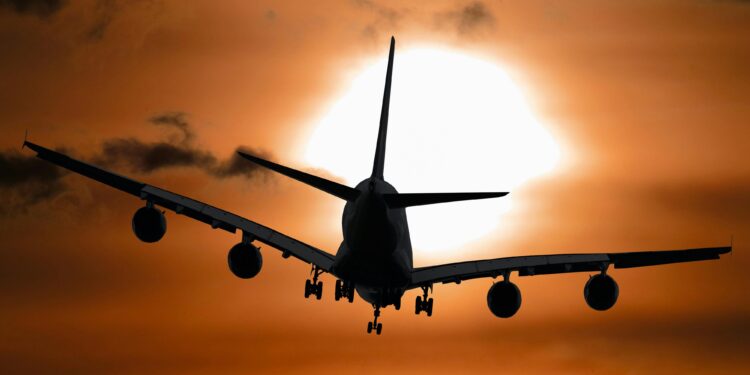Photo from Pexels
When you think about the key parts of a plane, you might think of engines, wings, or navigation systems. But there’s one part that often gets overlooked—yet it has a crucial role in every takeoff and landing: the tires. Plane tires may seem like a minor detail in the grand scheme of flying, but they’re engineered to handle some of the most demanding conditions imaginable. Understanding their importance can help you appreciate how sophisticated and secure air travel truly is.
Here is why aircraft tires matter more than you think.
They Can Take Extreme Stress
Airplane tires are vastly different from those on your car. Manufacturers design them to endure extreme stress during takeoffs and landings. When an aircraft touches down, its tires accelerate from zero to over 150 mph within seconds. This rapid speed increase generates intense heat and pressure. These tires must also bear the entire weight of the plane, which can amount to hundreds of thousands of pounds. Without tires capable of withstanding this kind of punishment, landings would be hazardous.
Engineers Design Them for Safety
Though rarely considered, plane tires are among the most meticulously engineered components of an aircraft. Manufacturers construct them with multiple layers of rubber and synthetic materials, often reinforced with steel belts. These layers help the tires resist punctures, maintain their shape under pressure, and provide necessary runway traction. Each tire is inflated to a much higher pressure than car tires—exceeding 200 psi. This high pressure ensures the tire maintains its structural integrity and performs optimally under heavy loads. Every time you fly, you’re relying on this engineering to ensure your safety.
They Have a Big Impact on Stopping and Turning
Plane tires do more than just roll—they serve a vital function in stopping and steering on the ground. When a plane lands, the tires work in conjunction with the brakes to decelerate the aircraft. Anti-skid systems rely on tire performance to prevent sliding on slippery runways. During taxiing, the tires assist in steering the plane on the tarmac in response to pilot inputs. If the tires aren’t in optimal condition, the plane could have difficulty stopping or turning, potentially compromising passenger safety.
They Need Careful Upkeep and Checking
Given their critical role, airlines adhere to strict maintenance and inspection schedules for aircraft tires. Ground crews examine the tires after each flight, checking for wear patterns, damage, and proper inflation. Even minor defects can lead to tire failure, which is why airlines follow detailed protocols to ensure each tire is airworthy. Tire manufacturers often retread used tires—replacing the worn surface—multiple times before retirement. This practice extends tire longevity while maintaining performance standards. Goodyear aircraft tires are known for being durable, high-quality tires that meet these rigorous requirements.
They Are Built for Specific Aircraft Needs
Aircraft tires are manufactured in diverse specifications to meet varying operational requirements. Each aircraft requires specific tire configurations based on its dimensions, mass distribution, and operational environment. Consider large commercial airliners—they demand tires engineered to withstand extended flights and substantial payload capacities. Military aircraft, conversely, require tires designed for operation on unprepared or rough terrain runways. Environmental conditions also influence tire selection. Tires deployed in cold climates must maintain flexibility even in sub-zero temperatures. Manufacturers engineer their products with these specific operational parameters in mind, ensuring optimal performance for each aircraft type.
Conclusion
Next time you board an aircraft, consider the engineering marvel of the tires beneath you. While they might not command attention like other aircraft components, their role in ensuring flight safety and operational efficiency is paramount.













